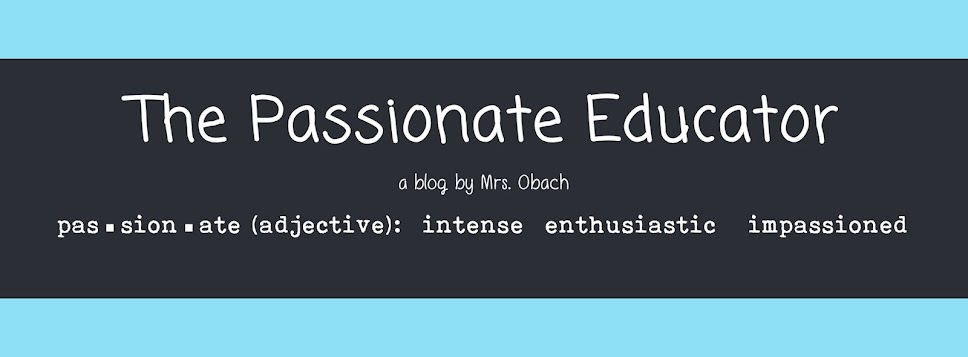I started by revisiting these resources from Tara Martin and then I created my own booksnap (see below!) Since our school division recently started using Google Suite for Education, I elected to use Google Slides to create mine because I knew students would have access to that tool. I checked out #booksnaps on social media to see some samples, then watched this video on using Slides for booksnaps and finally got into the creation process!
What's so great about booksnaps?
I like that this kind of "reader response" allows students to respond to a text using visual elements such as clipart, emojis or bitmojis.This is an alternative to traditional written reader response that allows students to share their ideas using creative visuals and short captions.
It can be a quick way for students to represent their connection(s) to a text.
Creating a booksnap provides an opportunity for digital design. I think that it is important that students learn to present their ideas in a variety of formats, including digital ones!
Tips for Creating Booksnaps in Google Slides
Take a photo with a built-in camera using Insert>Image>Camera or take a photo with your phone or iPad and upload it to the Google Drive app, then use Insert>Image>Drive
Add a text box and format the outline colour and fill colour to customize your caption box.
Use the line tool to "draw on your image" by selecting the curve setting.
Use the line tool to add arrows by selecting the arrow setting.
Find copyright-free/public domain images and clipart at a website such as openclipart.org and use the drag and drop method to add them to your slide. Select the image, drag it up to the tab where slides is open and drag it back down.
Save your creation as an image file using File>Download As>JPEG image or PNG image
Share your snap on social media with #booksnaps
More Tools for Booksnaps
There are lots of ways to create booksnaps. Some other tools that work well for this type of response include:- Snapchat (the original inspiration for these snaps)
- SeeSaw
- PicCollage











